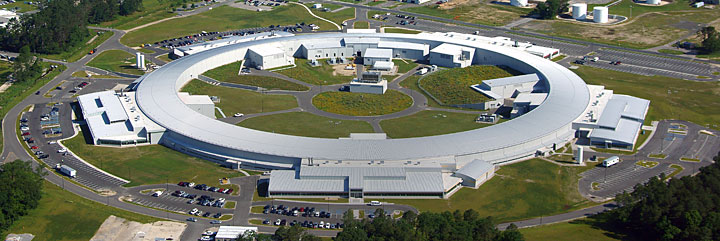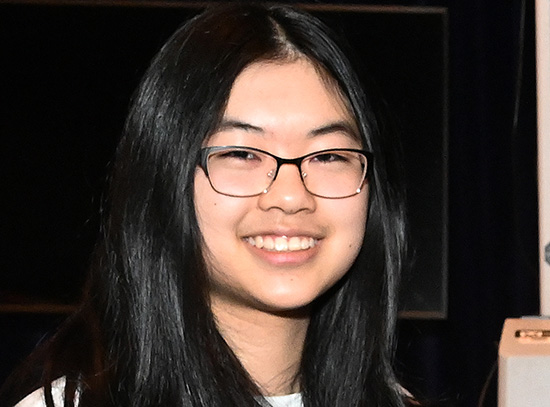Beam Time Proposal News
May 17, 2019
Beginning this proposal deadline of May 31, users will now be able to select multiple beamlines on their beam time proposal. For General User (GU) proposals, up to three beamlines may be requested; for Block Allocation Group (BAG), Partner User (PU), and proprietary proposals, users may select up to five beamlines.
For the initial submission of a multiple-beamline proposal (termed “multimodal” for short), users must select and justify all the beamlines they will need throughout the lifetime of the proposal. For each beamline request, users should indicate both the number of eight-hour “lifetime” shifts needed for the duration of the proposal, and also the number of shifts they require “this cycle.” It’s not necessary to request shifts on every beamline in every cycle.
After submission, the proposal is reviewed for feasibility by the beamline staff from each requested beamline. Similarly, the Proposal Review Panel for each requested beamline recommends separate scores and shifts (Lifetime & This Cycle). Lastly, for all beam time allocated, a separate safety approval form (SAF) is required for every beamline.
Also beginning this cycle deadline, the BAG proposal program has been expanded to include three additional beamlines. BAGs are a mode of access for groups of researchers who want to combine their short beam time requests into a single proposal, in order to permit greater flexibility in beam time allocation and scheduling. Previously, BAG proposals were only accepted on the structural biology beamlines (LiX, XFP, FMX, AMX, NYX); however, the program has been so successful that we are now accepting BAG proposals on the following spectroscopy, scattering, and diffraction beamlines: ISS, CMS, and XPD. We hope this will promote new collaborations by shared scientific interest, geographical location, affiliation, common experimental setup, or other synergistic reasons and that users will take advantage of this mode of access.
For more information on all modes of access at NSLS-II, please see the NSLS-II User Guide.
2019-15564 | INT/EXT | Newsroom










